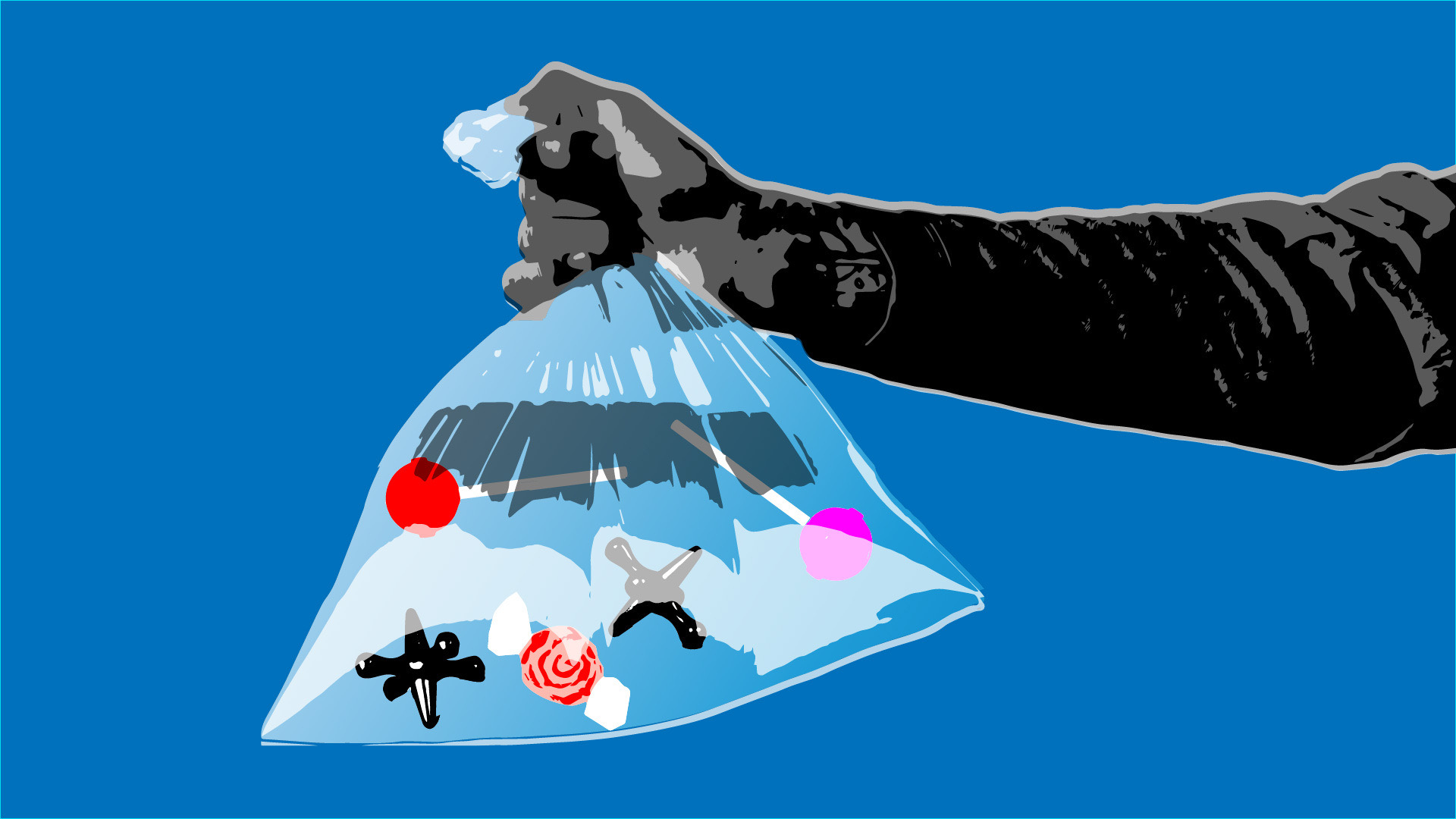Introduction
The current debate over a Meat Export Ban has laid bare how vulnerable South Africa’s red-meat sector becomes whenever Foot and Mouth Disease (FMD) emerges. When infection zones are confirmed, farmers confront movement restrictions, exporters scramble to honor contracts or manage cancellations, and consumers confront the very real prospect of rising prices. Yet, beyond the immediate shock, outbreaks create a window for meaningful reform. With decisive planning, transparent reporting, and targeted investment, the sector can limit damage, protect livelihoods, and restore market confidence while borders remain closed. Below are eight practical actions that, collectively, reduce the duration and economic pain of any suspension of international trade in meat.
Meat Export Ban and Farm Movement Control
Containing contagious livestock disease depends first and foremost on controlling movement. Unregulated animal transport is the fastest pathway for FMD to leap between herds. The government should mandate a digital permitting system, with real-time tracking and QR-coded e-permits that law enforcement and vets can validate at roadside checkpoints. These permits must be tied to registered herd IDs and require affirmation of health status before any transfer is allowed.
Cooperatives and producer groups can coordinate collective transport under supervised routes to reduce the number of individual movements, which both lowers exposure and simplifies traceability. Enforcement works best when combined with incentives: subsidized logistics for compliant farms, fines for illegal transfers, and rapid on-site testing at common loading points. The more transparent and enforceable movement control is, the quicker international observers can evaluate containment — and the sooner export markets can begin discussions about easing restrictions.
Meat Export Ban and Mass Vaccination Rollout
Vaccination is the cornerstone of outbreak control and a key lever to shorten trade suspensions. Veterinary services must maintain vaccine stockpiles and ramp production or procurement immediately after an incursion is detected. A prioritized rollout targeting buffer zones, high-density production areas, and transport hubs reduces the probability of further spread.
Maintaining cold-chain integrity and certified administration is non-negotiable: a single compromised batch can undermine confidence and delay trade resumption. Detailed vaccination logs, independent third-party audits, and visible field teams increase credibility with importers and technical review bodies. Where possible, adopting internationally accepted vaccine protocols and sharing those records with trading partners accelerates the risk assessment process required to lift any export restrictions.
Meat Export Ban and Smallholder Support
Small-scale producers are disproportionately affected by a suspension of export markets because local demand may be saturated quickly. These farmers often lack the buffering capital to endure long price shocks. Policy responses must include immediate financial and logistical support: emergency disinfectant grants, subsidized veterinary visits, and collective feed depots to prevent animal welfare crises and distress sales that spread disease.
Targeted microcredit and temporary direct subsidies help smallholders avoid selling sick or exposed animals into local markets. Training community animal-health workers to support surveillance and basic biosecurity also creates resilience: empowered local networks can detect and report cases faster, reducing the area affected and shortening the window of trade disruption.
Meat Export Ban and Processor Safety Standards
Processing facilities form the last line of defense in protecting food safety and export credibility. Abattoirs and packing plants must adopt rigorous sanitation regimes, segregated production lines by origin herd, and documented cleaning schedules that can be audited by domestic regulators and foreign inspectors.
Protocols such as sealed-truck systems from farm to plant, thermal-processing verification, and batch-level traceability reassure buyers that processed products are free from contamination, even during a national trade suspension. Publicizing third-party audit results and making facility-level corrective actions transparent helps rebuild purchaser trust faster than private assurances alone.
Meat Export Ban and Public Communication
Transparent, frequent communication is essential to prevent panic and misinformation during a trade suspension. Authorities should publish daily situation reports that include case maps, laboratory confirmation counts, vaccination progress, and movement-control enforcement actions. Clear explanations about what safety measures are in place and why certain zones are restricted help consumers and trading partners understand risk management steps.
Retailers and industry associations can amplify official messaging in stores and online, explaining why inspected local meat remains safe and what certifications to look for. A coordinated media strategy reduces demand volatility and helps stabilize domestic markets while technical teams work on export protocols.
Meat Export Ban and Financial Rescue Mechanisms
Economic resilience requires financial instruments designed for the shock of a trade halt. Emergency credit lines, deferred tax arrangements, and subsidized livestock insurance help farms maintain operations and animal welfare during prolonged export interruptions. Governments should work with commercial banks to offer compliance-linked incentives — for example, lower interest rates or larger credit lines for farms that meet biosecurity standards and submit to audits.
A targeted rescue package should also consider value-chain actors beyond farmers: transporters, cold-chain operators, and processing workers whose incomes collapse during a suspension. Rapid-disbursing funds, linked to transparent eligibility criteria, prevent business closures that would otherwise lengthen the sector’s recovery.
Meat Export Ban and International Coordination
Rebuilding market access depends on timely, evidence-based diplomacy. South Africa’s credibility rests on providing robust lab data, vaccination coverage figures, and clear zone maps to trading partners. Inviting independent observers and arranging joint audits with importing-country veterinary authorities demonstrate confidence and speed up technical evaluations.
Proactive diplomacy also explores partial market options — such as allowing processed or canned products under strict certification — which can preserve some export activity and revenue while fresh exports remain restricted. Early, honest engagement with buyers prevents punitive market actions and fosters goodwill that shortens the effective period of any suspension.
Meat Export Ban and Long-Term Preparedness
Each outbreak provides a planning blueprint for the next. Investing in regional vaccine manufacturing capacity reduces procurement delays. Strengthening laboratory networks with rapid diagnostic capability shortens confirmation times. A nationwide digital animal-ID system linked to movement permits and market traceability creates resilience that prevents small outbreaks from becoming national crises.
Training veterinarians, data analysts, and rapid-response teams ensures institutional memory and faster field deployment during emergencies. Embedding contingency financing and updating national response plans transform episodic crisis reaction into sustainable preparedness.
Meat Export Ban and Consumer Confidence Rebuilding
Even after scientific clearance, consumer trust lags. Rebuilding demand requires visible steps: retailers should label products with certification and origin verification, explain audit outcomes, and emphasize safety protocols. Public campaigns celebrating disease-free status, backed by third-party endorsements, help normalize domestic and export consumption.
Reassuring food-service buyers and international clients with documented proof of compliance — combined with pilot exports under supervision — creates demonstrable success stories that lead to broader trade reopening.
Meat Export Ban: FAQs
1. Why was a meat export ban considered in South Africa?
Multiple FMD incursions crossing control zones triggered precautionary suspensions from trading partners pending independent verification of containment and safety protocols.
2. How are farmers compensated during a trade suspension?
Compensation typically includes emergency loans, temporary grants, and insurance payouts tied to officially declared outbreak zones and documented losses.
3. When can export markets reopen?
Markets reopen after zero new detections over a defined monitoring period, validated laboratory negative results, and confidence-building audits by international veterinary authorities.
Conclusion
A suspension of meat exports exposes the tight link between animal health and economic stability. South Africa’s best defense blends immediate containment — strict movement controls and targeted vaccination — with supportive measures for smallholders, rigorous processing standards, and transparent public communication. Financial scaffolding and proactive diplomacy accelerate recovery, while long-term investments in vaccines, diagnostics, and digital traceability reduce future vulnerability.
If these eight actions are implemented together — with clear roles for government, industry, and communities — a temporary trade suspension can be managed without catastrophic livelihood losses and can even catalyze a stronger, more resilient red-meat sector. Policymakers who use this crisis to institutionalize preparedness will not only protect export revenues but will also safeguard food security and consumer confidence for years to come.




